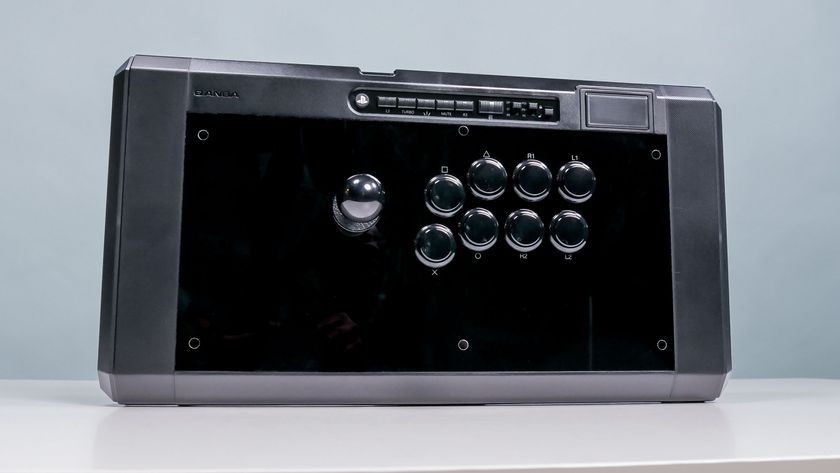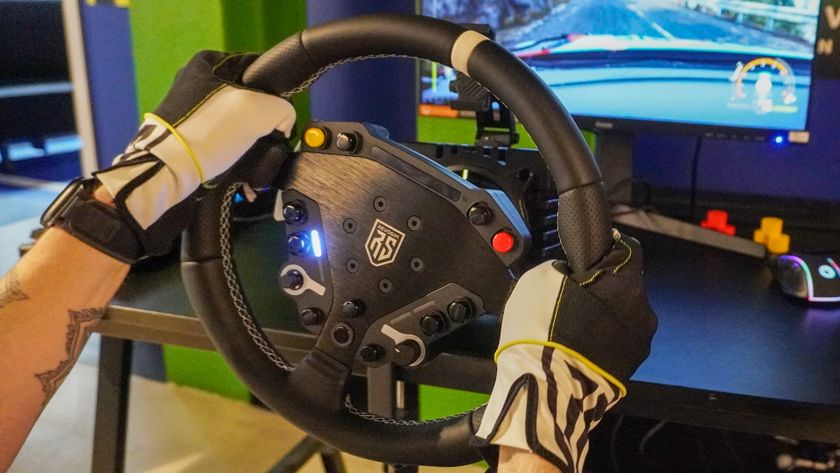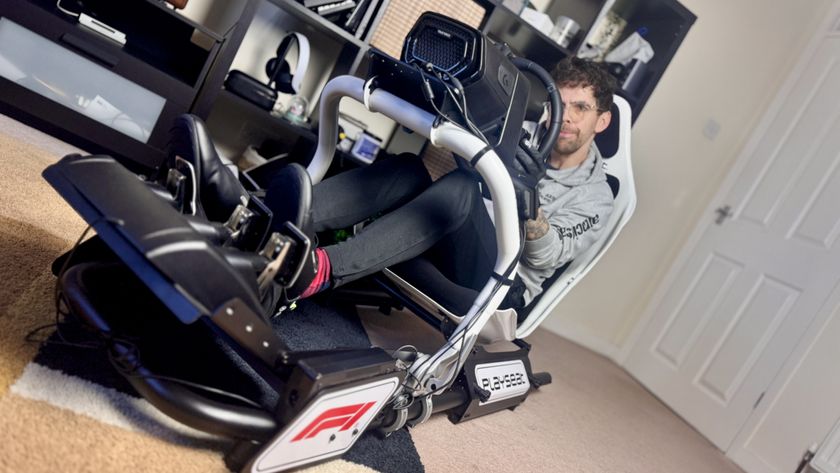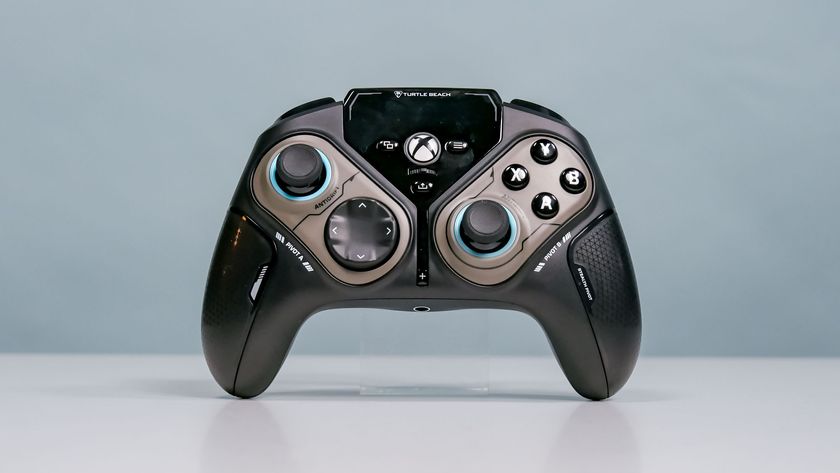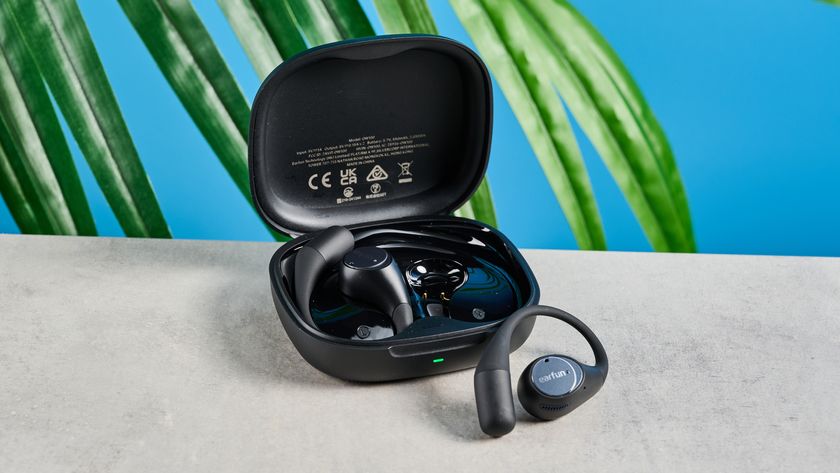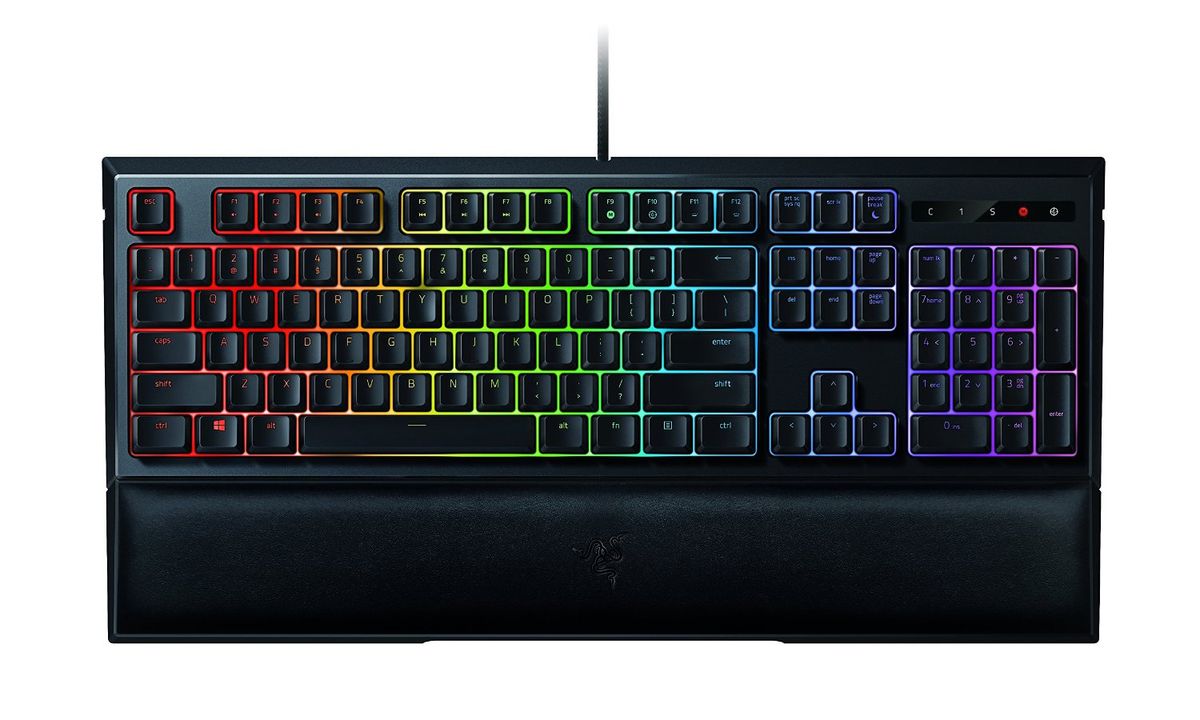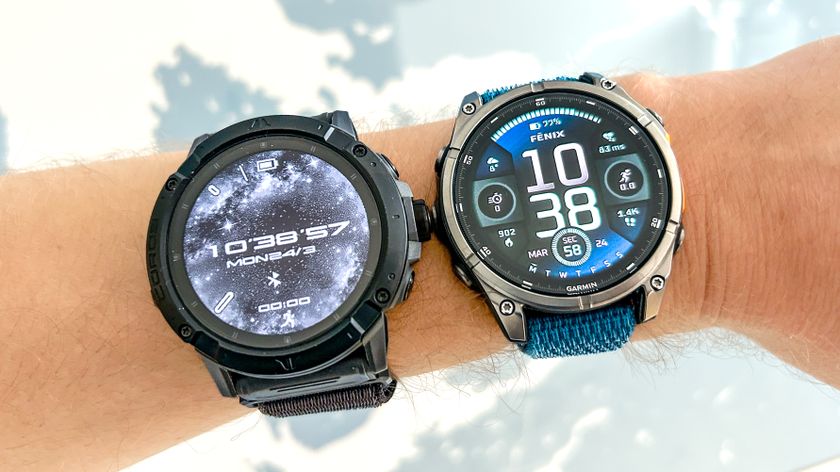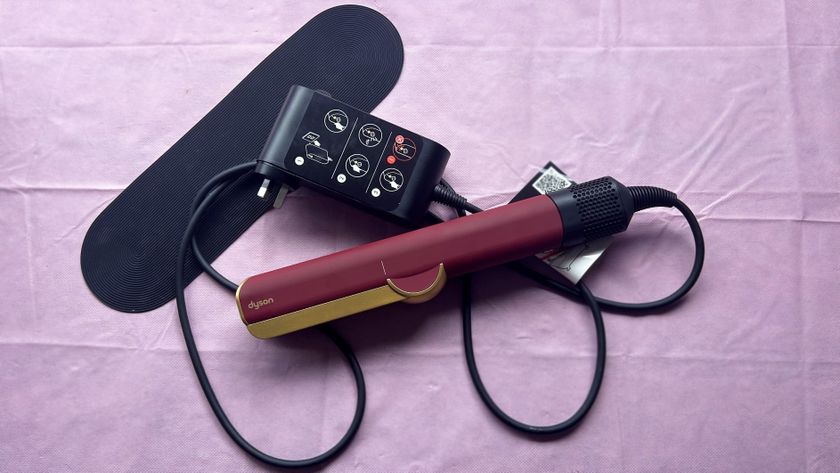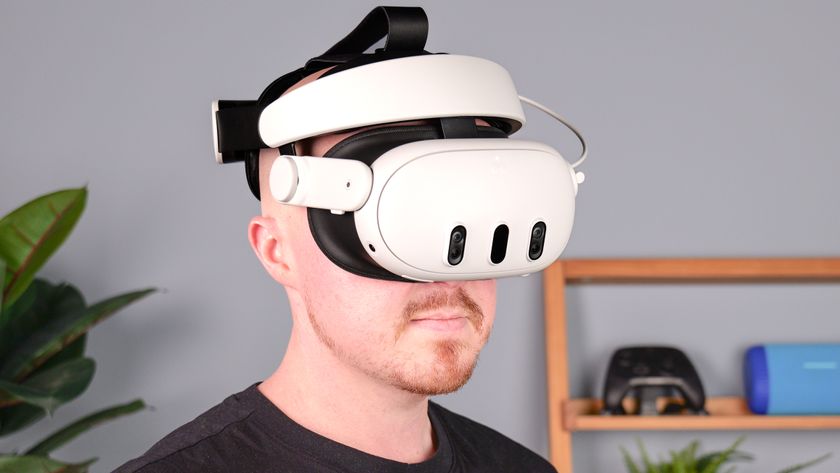Tom's Guide Verdict
The comfortable Razer Ornata can type and play with ease, but its hybrid membrane/mechanical keys aren't for everyone.
Pros
- +
Good in-game performance
- +
Convenient wrist rest
- +
Pretty RGB lighting
Cons
- -
Hybrid keys add nothing
- -
Similarly priced keyboards are better
Why you can trust Tom's Guide
I'm not exactly sure why a keyboard manufacturer would want to merge mechanical- and membrane-switch technology; membrane's only real advantage is its low price. Still, the Razer Ornata Chroma ($100) aims for this unusual hybrid, and while the system works fine, it offers neither the satisfying feel of a fully mechanical system, nor the more attractive price of a membrane model. The comfortable Ornata performs well in-game and offers Razer's signature Chroma lighting, but it's unclear who this keyboard isfor or how it's supposed to stand out.
Design
You can describe how the Razer Ornata looks in two words: simple and attractive. There are no extraneous buttons or holders or doodads of any kind. (There are no USB or audio pass-throughs, either, so take that into account if you need that sort of thing.) The Ornata is simply a full-size (18.2 x 6.1 x 1.2-inch) keyboard with an optional wrist rest.
Interestingly, the wrist rest isn't "detachable," per se. It stays in place due to friction, which works fine unless you really jostle the wrist rest. I suppose you could hold it in place with Velcro if you're really concerned, but I played through some pretty heated competitive matches, and the wrist rest stayed firmly in place. It's made of a comfortable faux-leather material, and is easy enough to stash elsewhere if you don't have enough desk space.
MORE: How to Buy a Gaming Keyboard
Keys
Here's where the Ornata gets interesting. Each of its keys has a fully mechanical switch underneath it (one of Razer's proprietary models — they're good, but authentic Cherry MXs are still better). However, the dome of each keycap is soft rubber, like a membrane model. As such, the Ornata has noisy, responsive keys that still feel soft to the touch. The key travel is a little shallow, but there's a pleasant amount of resistance, and the machine-gun sounds can be satisfying when you type quickly or hit game commands in rapid succession.

However, I didn't find the Ornata to be any more comfortable than a standard mechanical keyboard. Analyzing my skills on TypingTest.com, the Ornata gave me 93 words per minute with nine errors. By way of contrast, I got 111 words per minute with six errors on the fully mechanical Logitech G810 Orion Spectrum. While it's true that membrane keyboards sometimes let users type faster, the mechanical switches limit typing speed, and they do itin a way that's even more noticeable than with more traditional mechanical keyboards.
I did like both the aural and tactile responses that the Ornata offered. I just didn't like them more than what a standard mechanical model offers, and I question whether gamers ready to invest in a mechanical keyboard are dying to hang onto a membrane feel.
Features
The Razer Ornata runs on the Razer Synapse 2.0 software, which allows users to control the Chroma lighting, set up profiles for individual games and programs, and re-program certain keys. I've been fond of the Synapse 2.0 software for a long time, due to its user-friendliness and extensive options.
There's arguably not much you'll need to do to do with the Synapse 2.0 software, though you'll have no trouble setting up different profiles or color combinations should you choose to do so. If you opt for the Chroma model, some games come with pre-programmed color patterns, which is a nice touch. While playing Overwatch, for example, the Ornata automatically adopted a pink profile for D.Va, a white one for Mercy and blinking yellows for menus.
You can describe how the Razer Ornata looks in two words: simple and attractive.
Otherwise, the Ornata plays things pretty safe. You can program macros and assign them to the function keys, but there are no extra macro keys or discrete media buttons. If you insist on having dozens of commands at your fingertips at all times, this isn't the keyboard for you, but I appreciated the streamlined approach.
Performance
The Ornata performs as well as any other keyboard Razer produces, which is to say,"very well." The peripheral doesn't favor any particular genre, working well across the board. I tackled competitive first-person shooter Overwatch, zooming around the map and healing teammates as Mercy, just as easily as I commanded Terran armies against the Protoss in the real-time strategy game StarCraft II.
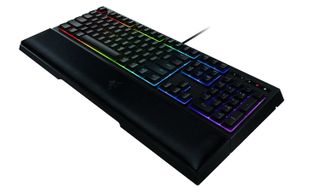
The keys were snappy and responsive, too, when I led Geralt of Rivia on fantastical quests in The Witcher 3: Wild Hunt, a role-playing game, or pitted Captain America against super villains in massively multiplayer online game Marvel Heroes. However, due to this keyboard's lack of macro keys, I would caution hard-core MMO players to think twice before investing in an Ornata; instead, stick with the Razer BlackWidow or the Logitech G910 Orion Spark.
Bottom Line
The Ornata is definitely unique, and if you can try one out before buying, it's worth investigating whether you find the mechanical/membrane keys comfortable. On the other hand, for all this keyboard's original technology, I didn't find anything outstanding about the Ornata. It's comfortable and functional, yes, but not any more so than a fully mechanical model. You can get a Logitech G610 Orion or a BlackWidow Ultimate for the exact same price as the Ornata, and even though these keyboards don't have full RGB options, neither one messes around with membrane keycaps, either.
Still, the Ornata functions well and is not too expensive. The wrist rest is a nice touch, and this isone of the cheaper mechanical RGB keyboards on the market. Compare it to a few similar models before buying, but I suspect that those who enjoy what it has to offer won't find anything else quite like it.
Marshall Honorof is a senior editor for Tom's Guide, overseeing the site's coverage of gaming hardware and software. He comes from a science writing background, having studied paleomammalogy, biological anthropology, and the history of science and technology. After hours, you can find him practicing taekwondo or doing deep dives on classic sci-fi.

